There are many reasons why teeth lose their whiteness, become yellow, and develop stains. This gradual change, which becomes noticeable over the years, can be caused by internal and environmental factors.
One of the main reasons for teeth turning yellow is the erosion of tooth enamel. As the enamel wears away, the dentin layer underneath becomes exposed, creating a yellowish appearance. Enamel erosion can occur due to aging, brushing teeth too hard, or consuming acidic beverages.
Eating and drinking habits also affect the color of teeth. Consuming large amounts of tea, coffee, red wine, and other colored or acidic beverages can lead to teeth staining.
Smoking is another habit that significantly affects the color of teeth.
The dark tone of teeth may also be influenced by genetic factors. While some people naturally have lighter-colored teeth, others may have darker ones.
Certain medications can also affect the color of teeth. For example, tetracycline antibiotics used during childhood and infancy can cause teeth to yellow.
Physical trauma to the teeth can also alter their color. Due to the trauma, the tooth color may darken from the inside out.
Another important factor that affects tooth color is insufficient oral hygiene. Plaque buildup and tartar over time can negatively impact the color of teeth.
How to Maintain Tooth Color?
Regular brushing, flossing, and having professional cleanings during routine dental check-ups help preserve both oral health and tooth color. Additionally, considering the effects of your diet and quitting habits like smoking, which negatively affect tooth color and oral health, are essential.
There are various treatments available to address tooth discoloration, with teeth whitening being one of the most common. For those seeking long-term solutions to permanent color changes, dental aesthetic options such as e-max porcelain restorations offer alternative solutions for dental restoration.

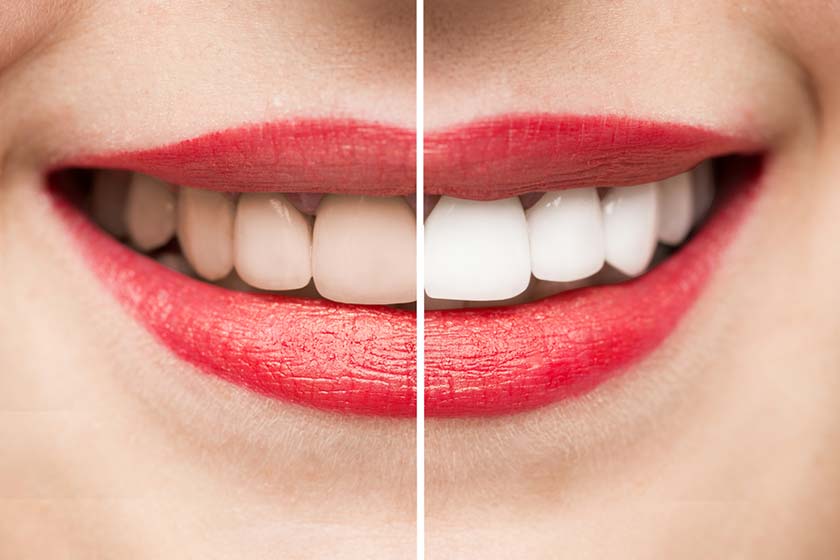
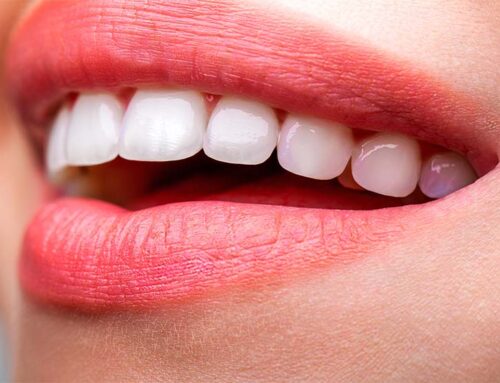
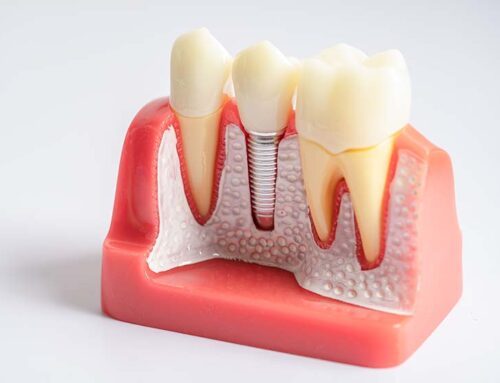
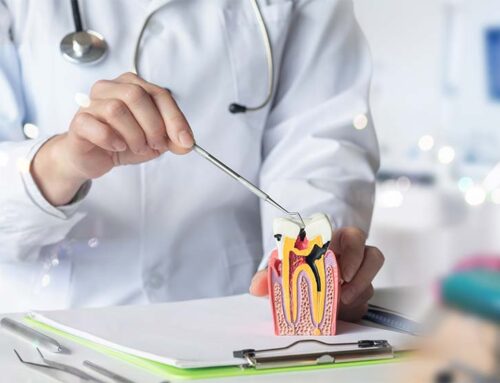
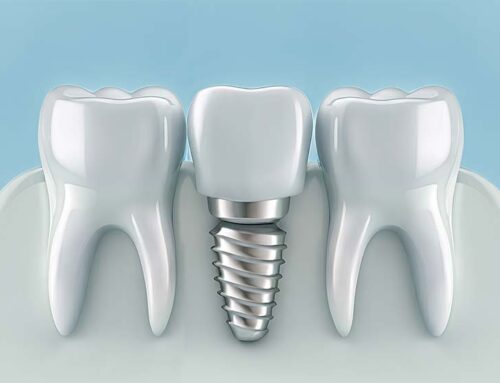
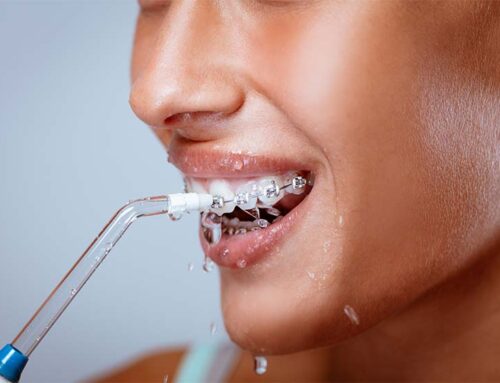
Leave A Comment